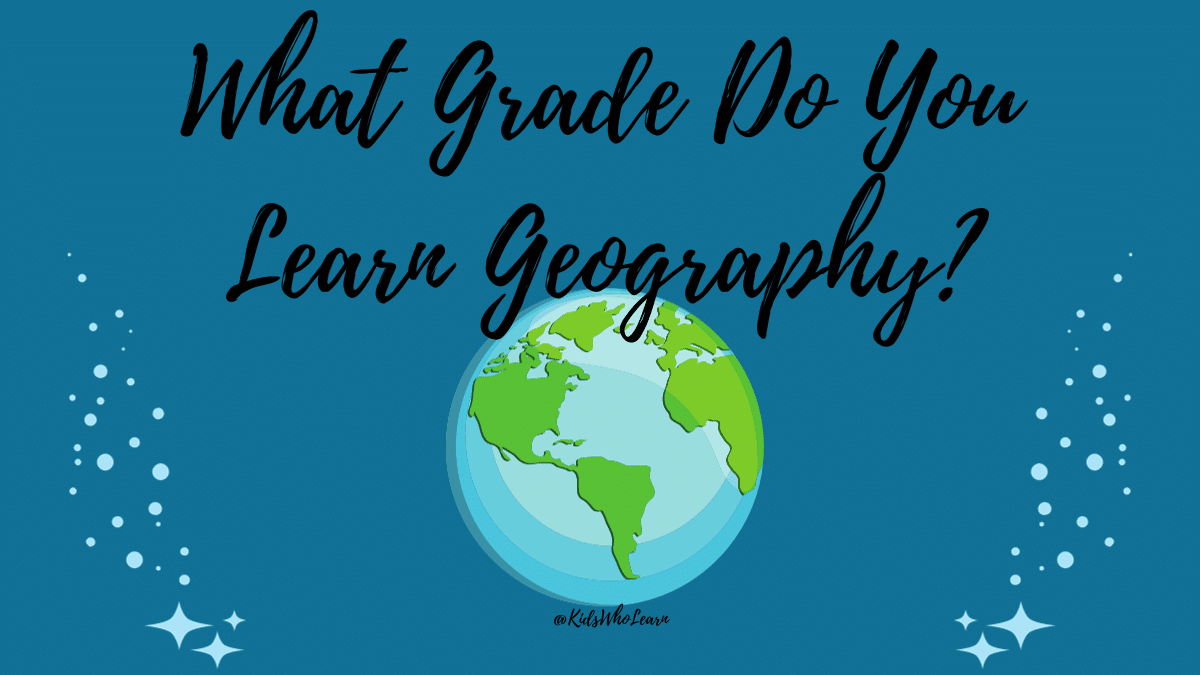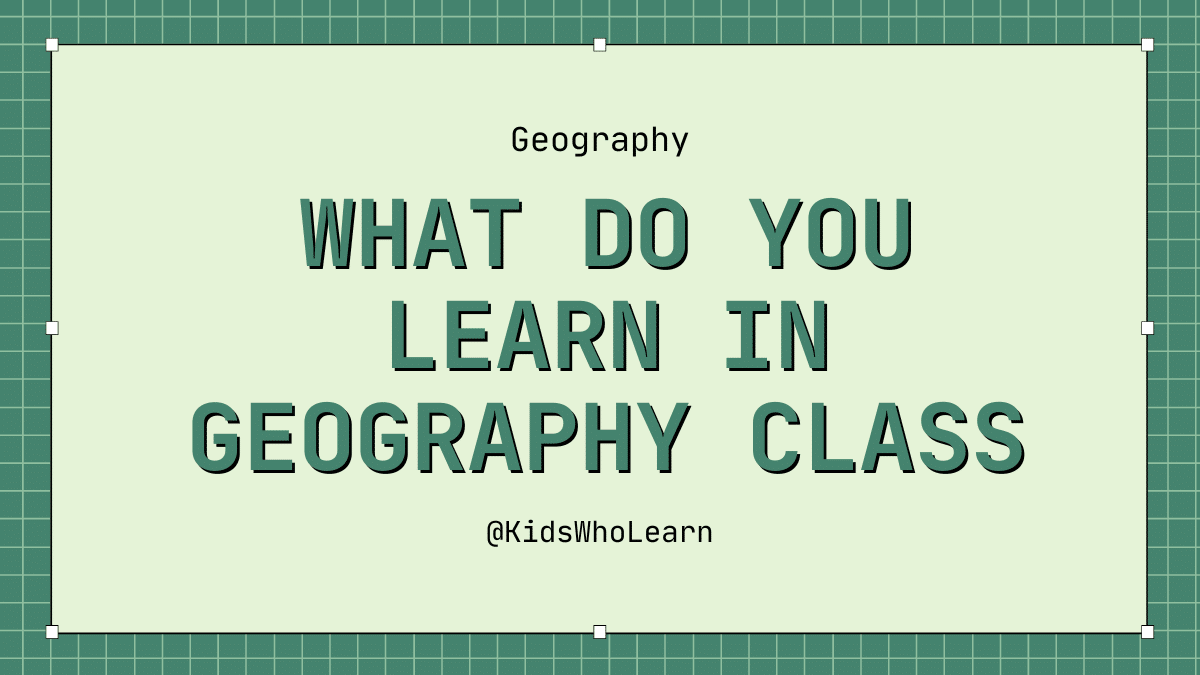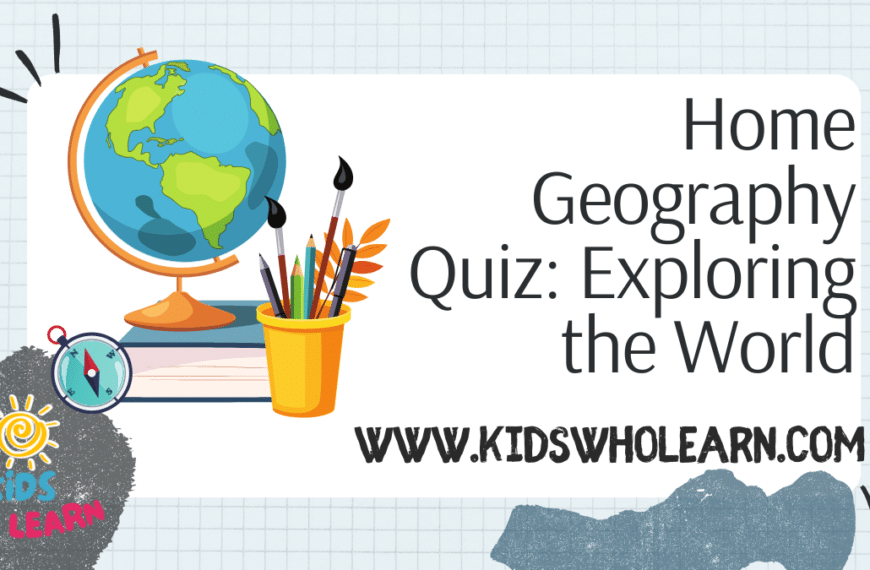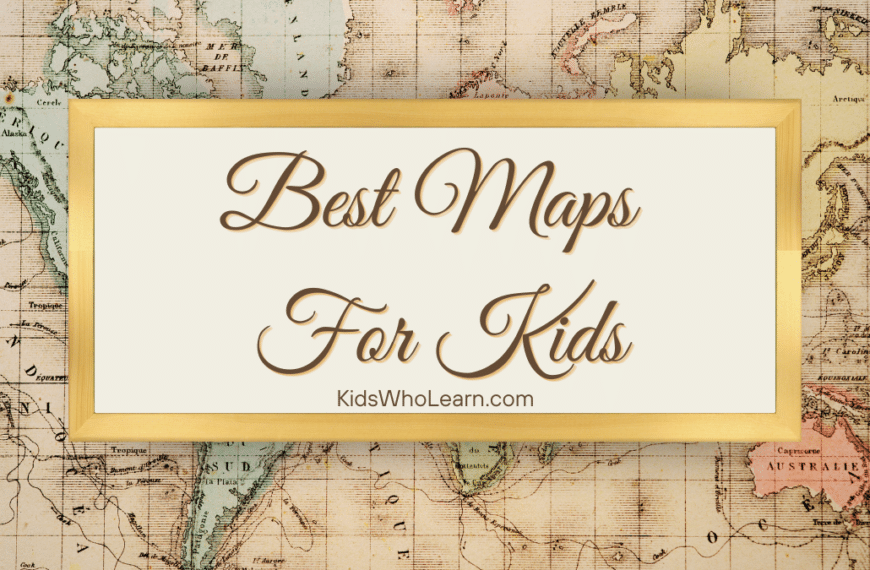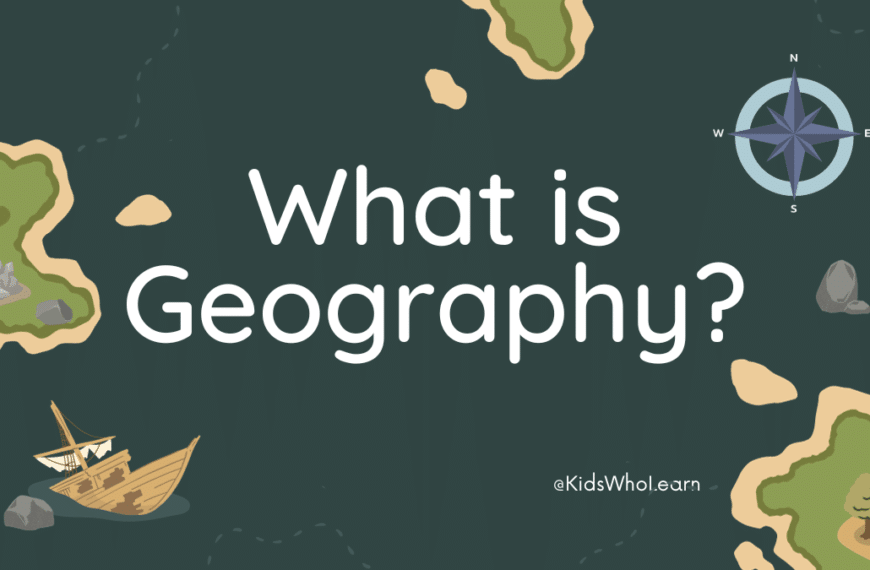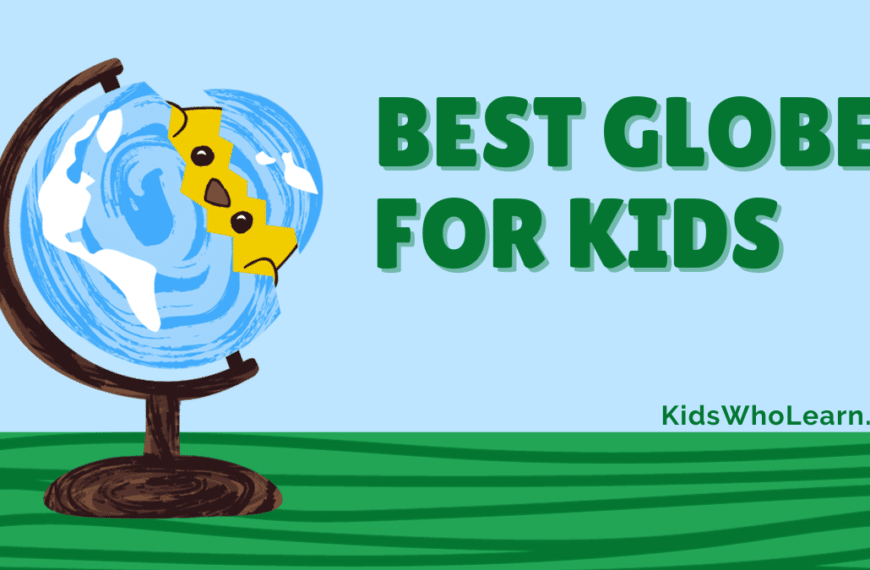If you’re wondering at what grade level you learn geography, you’re not alone. Geography is an important subject that helps us understand our world and its people, places, and environments. It’s a subject that is typically taught in schools, but the exact grade level can vary depending on where you live and what curriculum your school follows.
In the United States, geography is typically introduced in elementary school, with basic concepts like maps, directions, and continents covered in early grades. As students progress through middle and high school, they may study more advanced topics like physical geography, human geography, and cultural geography. However, the exact grade level at which these topics are introduced can vary depending on the state and school district.
Understanding Geography
Geography is an important subject that you will learn in school. It is the study of the Earth’s physical features, climate, and human activity. In this section, you will learn about the definition and importance of geography.
Definition and Importance
Geography is the study of the Earth’s surface, including its physical features, such as mountains, rivers, and oceans, as well as its climate, weather patterns, and human activity. It is an important subject because it helps you understand the world around you.
By learning about geography, you will gain a better understanding of how the Earth works, how people interact with the environment, and how different cultures and societies are shaped by their physical surroundings. You will also learn about the impact of human activity on the environment and how to protect it.
Geography is also important for understanding current events and global issues. For example, by understanding the geography of a region, you can better understand the political and economic issues that are affecting that area.
In summary, geography is an important subject that will help you understand the world around you and make informed decisions about the environment and global issues.
Early Education and Geography
If you’re wondering when geography is introduced to kids, the answer is that it can be as early as preschool. Geography is a subject that is often incorporated into other subjects like social studies, science, and even math. By introducing basic geography concepts to kids early on, they can develop an understanding of the world around them and a curiosity about different cultures and places.
When Geography is Introduced
Geography concepts like maps, landforms, and continents can be introduced to kids as young as three or four years old. These concepts can be taught through books, songs, and hands-on activities. For example, you can read a book about different animals and their habitats, or you can sing a song about the continents while pointing to them on a map.
As kids get older, geography concepts become more complex. In elementary school, kids learn about countries, states, and cities. They also learn about different cultures and customs. By middle school, kids are learning about physical geography, like landforms, climate, and natural resources.
Basic Geography Concepts for Kids
Here are some basic geography concepts that can be introduced to kids in their early education:
- Maps and globes: Teach kids how to read a map and identify different countries and continents. Show them how a globe represents the Earth in three dimensions.
- Landforms: Introduce kids to different landforms like mountains, rivers, and deserts. You can use pictures or models to help them visualize these concepts.
- Continents: Teach kids the names and locations of the seven continents. You can use songs or rhymes to help them remember.
- Cultures: Introduce kids to different cultures and customs around the world. You can read books or watch videos about different countries and their traditions.
By introducing these basic geography concepts early on, kids can develop a lifelong appreciation for the world around them.
Middle School Geography
Expanding Geographical Knowledge
In middle school, you will continue to build on your geography knowledge from elementary school. You will learn about different regions of the world, including their physical and cultural characteristics. You will also learn about the tools geographers use to study the world, such as maps, globes, and satellite imagery.
In addition to learning about different regions of the world, you will also learn about the different types of geography. Physical geography focuses on the natural features of the earth, such as mountains, rivers, and oceans. Human geography focuses on the ways that people interact with the earth, including how they use resources and how they shape the landscape.
Importance of Geography in Middle School
Geography is an important subject to study in middle school because it helps you understand the world around you. By learning about different regions of the world and different types of geography, you will gain a better understanding of how the earth works and how people interact with it.
Geography is also important because it helps you develop important skills, such as critical thinking and problem solving. When you study geography, you learn how to analyze information, make connections between different pieces of information, and draw conclusions based on evidence.
Overall, studying geography in middle school is an important part of your education. It will help you better understand the world around you and develop important skills that will serve you well throughout your academic and professional career.
High School Geography
In high school, geography is typically offered as a course that explores the physical and human aspects of the world. This course is usually taken during the freshman or sophomore year and can be a requirement for graduation. Here are some sub-sections to help you understand more about high school geography:
Advanced Geography Studies
For students who are interested in pursuing a more in-depth study of geography, many high schools offer advanced geography courses. These courses may cover topics such as cartography, cultural geography, and regional geography. They may also include field trips and hands-on projects to help students gain a deeper understanding of the subject matter.
Geography Electives and AP Courses
In addition to the standard geography course, many high schools offer elective courses in geography. These courses may focus on specific regions of the world, such as Latin America or Africa, or they may explore topics such as environmental geography or urban geography. Additionally, some high schools offer Advanced Placement (AP) courses in geography, which can earn students college credit if they pass the corresponding AP exam.
Overall, high school geography is an important course that can help students gain a better understanding of the world around them. Whether you choose to take the standard course or pursue more advanced studies, you’ll gain valuable knowledge and skills that can benefit you throughout your life.
Beyond the Classroom
Geography is not just a subject that you learn in the classroom. It is a subject that surrounds us in our daily lives and can be continued to be learned at home. In this section, we will explore some ways that you can continue to learn about geography outside of the classroom.
Geography in Daily Life
Geography is all around us, from the maps on our phones to the weather forecast on the news. By paying attention to your surroundings, you can learn more about geography. Here are some examples:
- When you travel, pay attention to the different landscapes and cultures you encounter. Take note of the differences in climate, vegetation, and architecture.
- Watch the news and pay attention to the weather forecast. Learn about different weather patterns and how they affect different parts of the world.
- Use maps to plan your route when you go on a road trip. This can help you understand the geography of the area you are traveling through.
Continuing Geography Education at Home
Learning about geography doesn’t have to stop when you leave the classroom. Here are some ways that you can continue to learn about geography at home:
- Read books or watch documentaries about different parts of the world. This can help you learn about different cultures and landscapes.
- Play geography-based games, such as trivia or map games. This can help you learn about different countries and their locations.
- Use online resources, such as Google Maps or National Geographic, to explore different parts of the world. This can help you learn about different landscapes and cultures.
By continuing to learn about geography outside of the classroom, you can gain a deeper understanding of the world around you.

